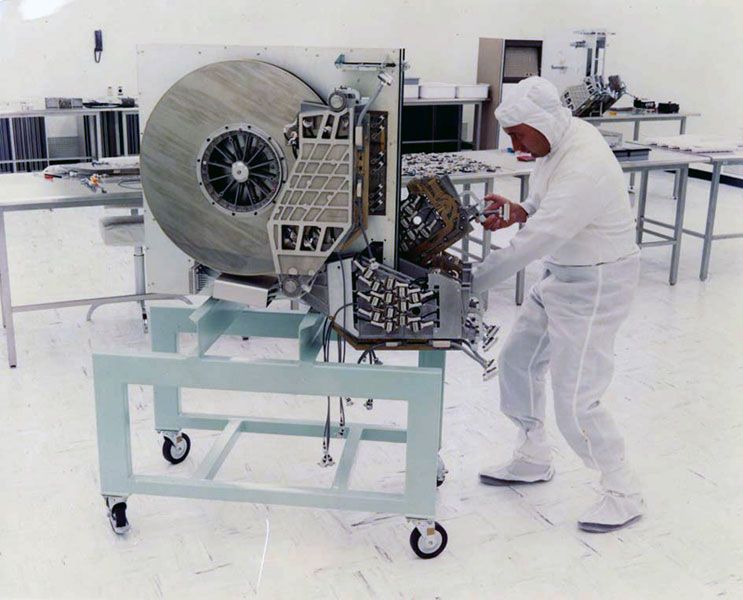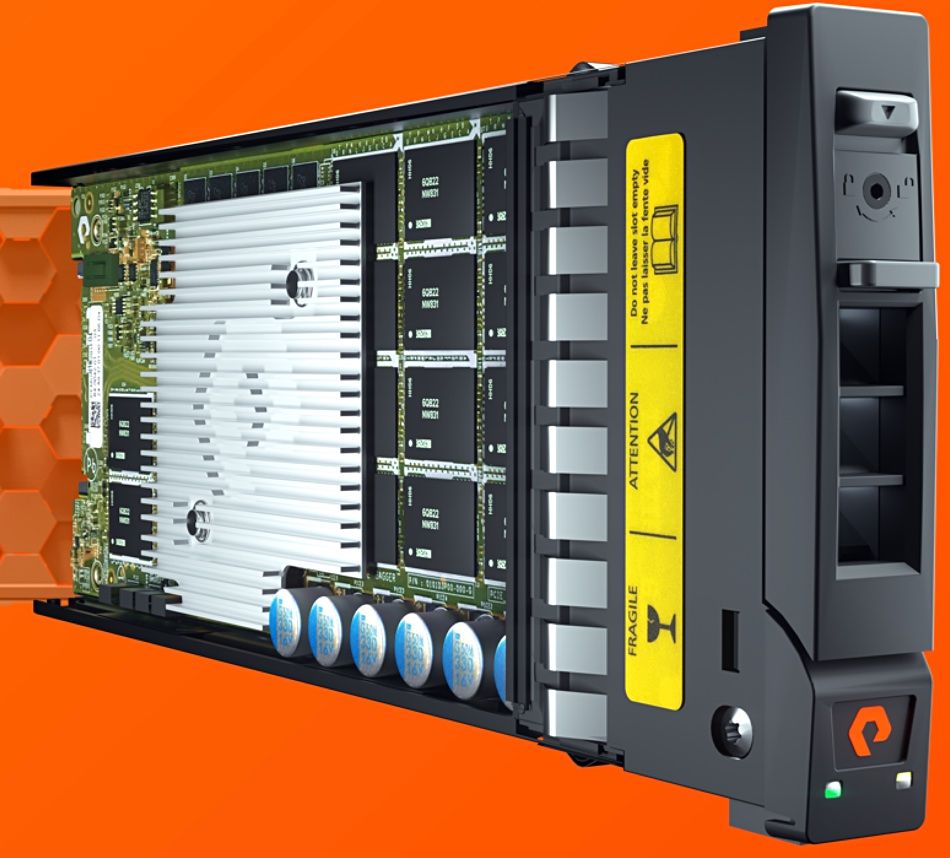Why Spinning Rust is dead
Hard disk drives have been a mainstay for non-volatile storage for computing since the 1960s.
For a few years now the word on the street has been that solid state/flash is almost here.
In 2016 15k SAS drives hit the end of the road as Seagate pulled the pin.
10k SAS/Enterprise drives are pretty much in the same boat.
The final hold out has been the slow nearline capacity drives, and I believe that their days are numbered.
In the consumer space it is rare to find laptops these days with anything other than SSD or eMMC drives. Smartphones have oodles of NAND flash storage.
The final holdout is when it comes to cost, there is still an advantage of capacity nearline drives versus Enterprise SSD
But I am going to argue that the price penalty is only there if you look at a very narrow definition of initial purchase price. TCO and operational benefits all swing the balance back to flash.
Performance: “But I don’t need the performance!” is a statement I hear. Indeed, why should you over-engineer a solution or pay for something you don’t need? The answer is well, actually you do. As capacities increase, if you want to read/index or do anything with your data is takes more and more iops and bandwidth just to read it.
You may only need the 100iops on your hard drive under normal operations – but what happens when you want to back it up? vBridge Storage Arrays are busiest outside of business hours when the backups are running. What happens when the Array is becoming end of life and you want to move the data? You will need to copy that data somewhere and if you still want to be able to access your data for normal operations then you need a significant amount of headroom.
In the past, you may have seen arrays sized based on the number of spindles required to provide expected performance. This leads to unused storage capacity, which can be quite significant. How do you explain that your storage array is “full”, when it is only 45% utilized?
Reliability: This also becomes apparent when you look at RAID (BTW Raid is dead too). With the shear amount of data on spinning drives, if you have a drive failure in a RAID array, your data is at risk for a significant time while the raid is rebuilt. And during this time your remaining good drives are absolutely hammered. And if your array is getting on a bit you are more likely to see a second, and potentially catastrophic, failure . The bigger the drives the bigger the risk. Erasure Coding as used by Object storage is designed to help here.
Did I mention failure? Spinning drives have moving parts. On 24x7 systems at 10k disk will have spun over 26 billion times in its life. Things start to wear out. Bearings fail and drive heads crash. Drive capacities are increasing, but the MTBF (mean time between failure) or BER (bit error rate) isn’t increasing at the same rate.
Efficiency: SSD/Flash use significantly less power that spinning drives. Around an 80% saving. This can be significant cost saving over a drive lifetime. Especially with the large number of drives in a datacenter, and the power usage and appropriate cooling all adds up.
User Experience: One of the best comments we get at vBridge is “Wow, everything just runs so much faster”. From responsive VDI and Citrix environments to batch jobs and data runs dropping from days/hours to minutes/seconds a lot of that is to do with storage capability. A lot of times you don’t see any problem with a running environment, until you run it in a better place. All flash storage just makes things better. From a business point of view being able to get actionable insights from your data in real time is far better than waiting for your nightly batch job.
Operations: Having the headroom to let the storage problems go away. With all flash we don’t need to worry so much about the time taken for synthetic rollup on backups, we don’t need to worry about the performance of Veeam Instant restores, we don’t need to worry about the potential impact of copying multiple TB of data to new platforms. By having the headroom to work with data, you don’t back yourself into a corner, where you have a running workload that is OK, but we can’t touch it or move it because as soon as you do, the spinning drive hit their limits and latency kicks in and User Experience suffers.
Capacity: Spinning drive max sizes have been increasing. In the last 5 years average drive size has increased from 1TB to 4TB, and 16TB+ drive are available. But this pales in comparison with Flash. We’ve seen SSD increase from 480GB, through 2TB and onto 8TB and 18TB in the same time. The current generation of QLC flash modules are 24TB with 48TB modules later this year. Basically, you get a lot more bits on a piece of silicon over a metal disk.

All flash arrays can also do a lot more with the data. De-duplication and compression are common place. As is encryption of data at rest. A lot of these things were simply impossible on spinning disk based arrays.
So whilst we may start out with a high $/TB cost for flash, by the time we cater for wasted capacity , the fact we can gain space with de-dupe and compression, the savings we can make on power the actual cost over several years actually looks pretty attractive
Then we have the performance and operation benefits on top of that pretty much means that all flash primary storage and backup is a no brainer.
So what’s the downsides? Well, like any tech, Flash is not going to be 100% reliable, you will still get failures and you need an array or technology that can cope with this you still need be able to hotswap failed flash modules. Different hardware vendors have different ways of balancing data blocks, but we are still ending up with a lot of information in a small space.
This is also something we refer to as ‘Blast Radius’. If we have the possibility of in excess of 5PB of data in a ¼ rack then I’m going to be nervous about the availability of that device/rack. I am still going to prefer having multiple smaller devices in different racks and locations, just so all my eggs are not in one basket.
We used to also worry about something called the write cliff. Flash cells only have a certain number of times they can be written to. When modules were small this was an issue. But with larger capacities and smart wear levelling technologies, we can prove that flash can be reliable over a long time frame and heavy use.

All flash storage is denser/faster/better and arguably price comparable with spinning disk. Why wouldn’t you?
But like Tape – There will still be a place for spinning drives and I’m sure they will be around for years to come.
